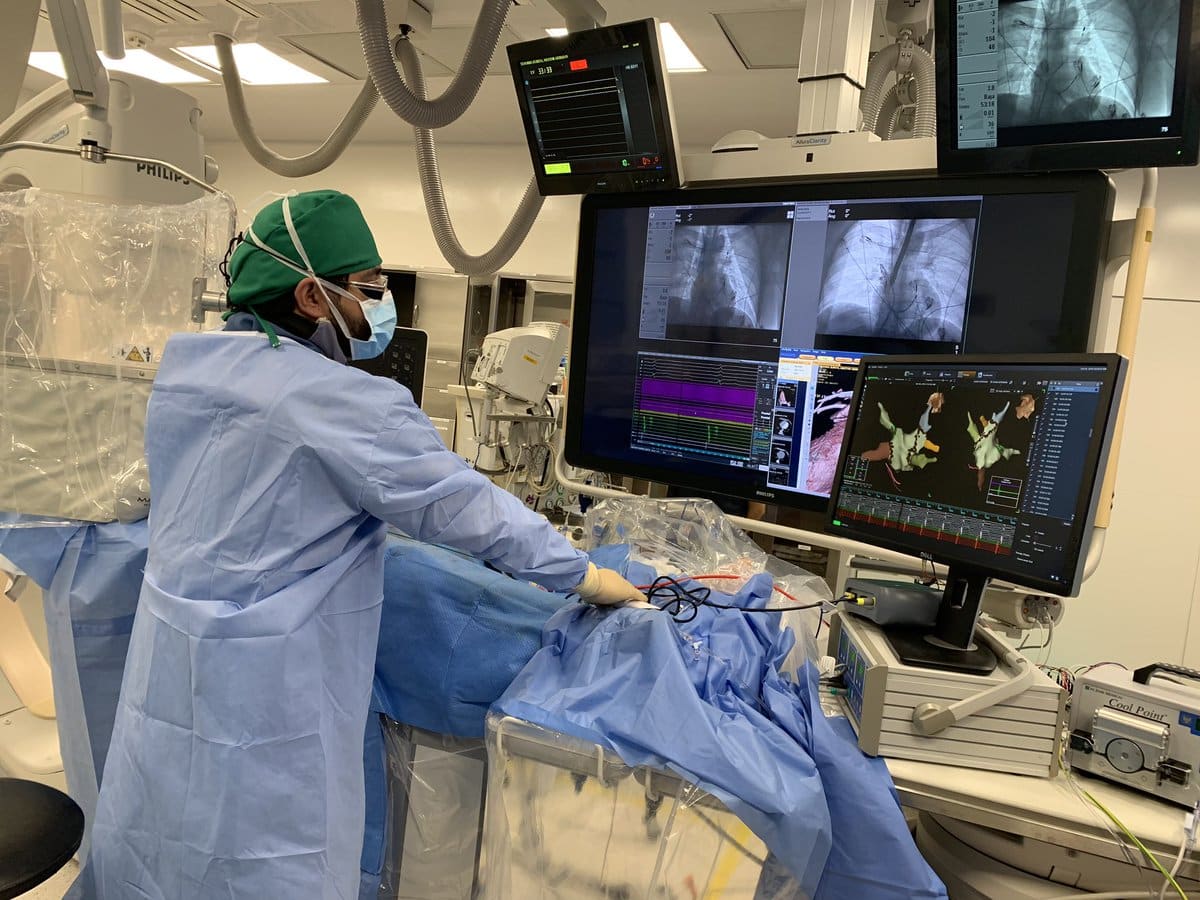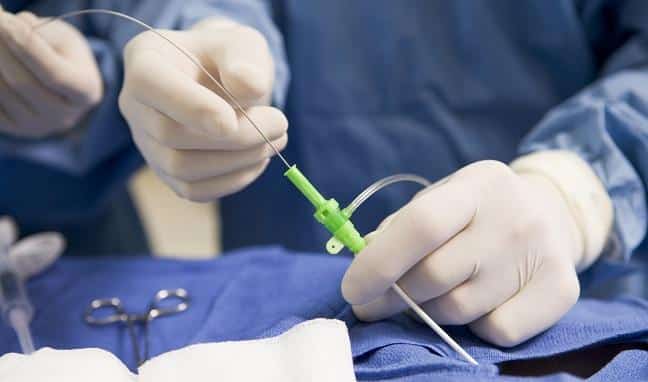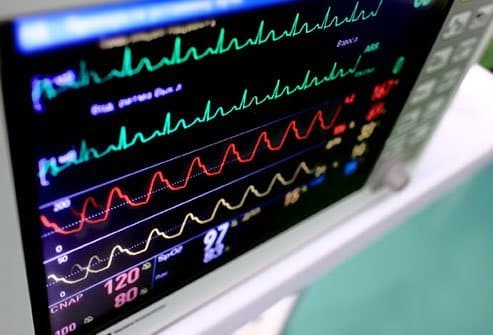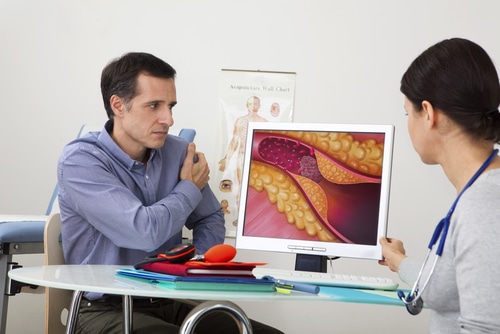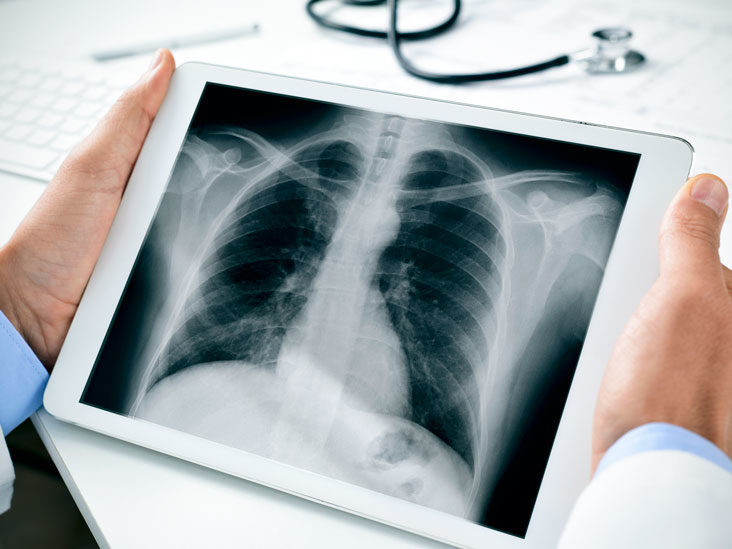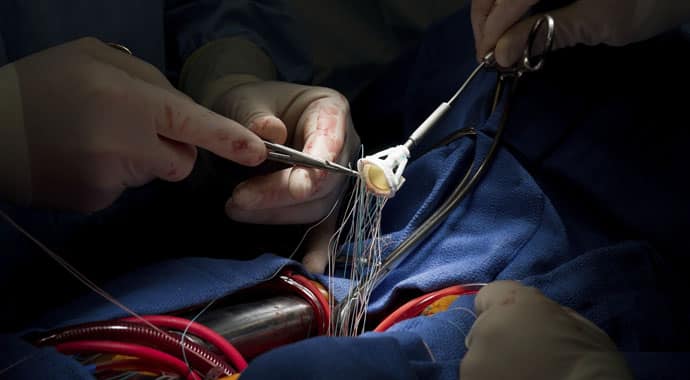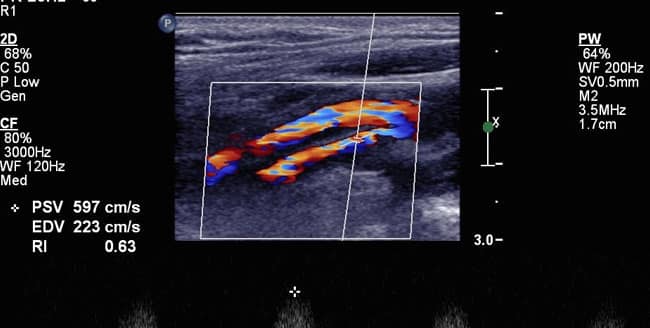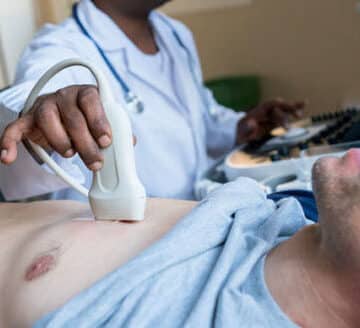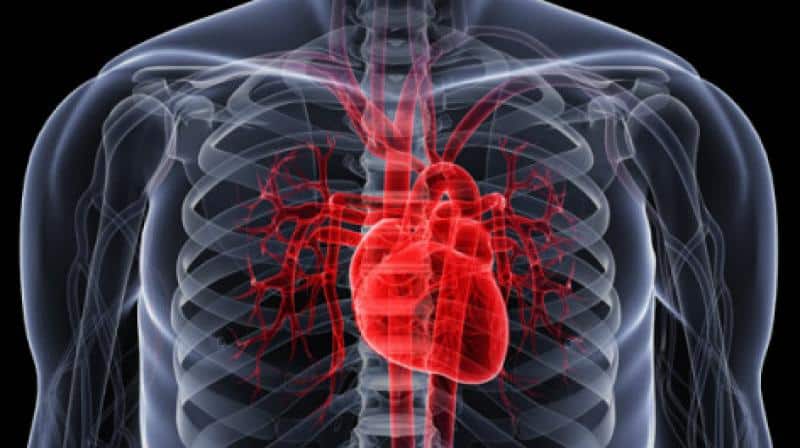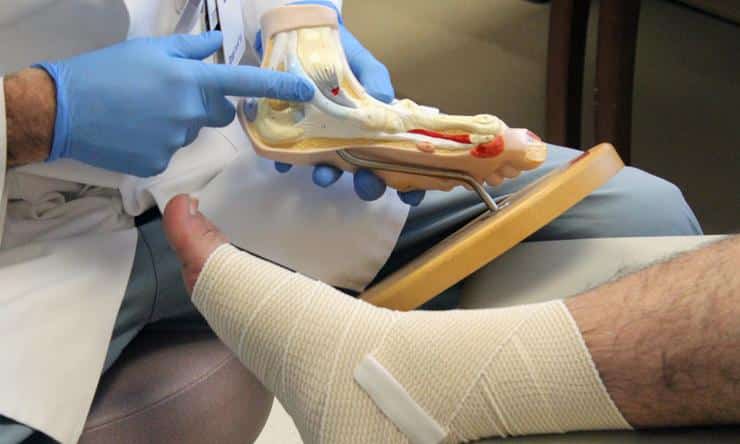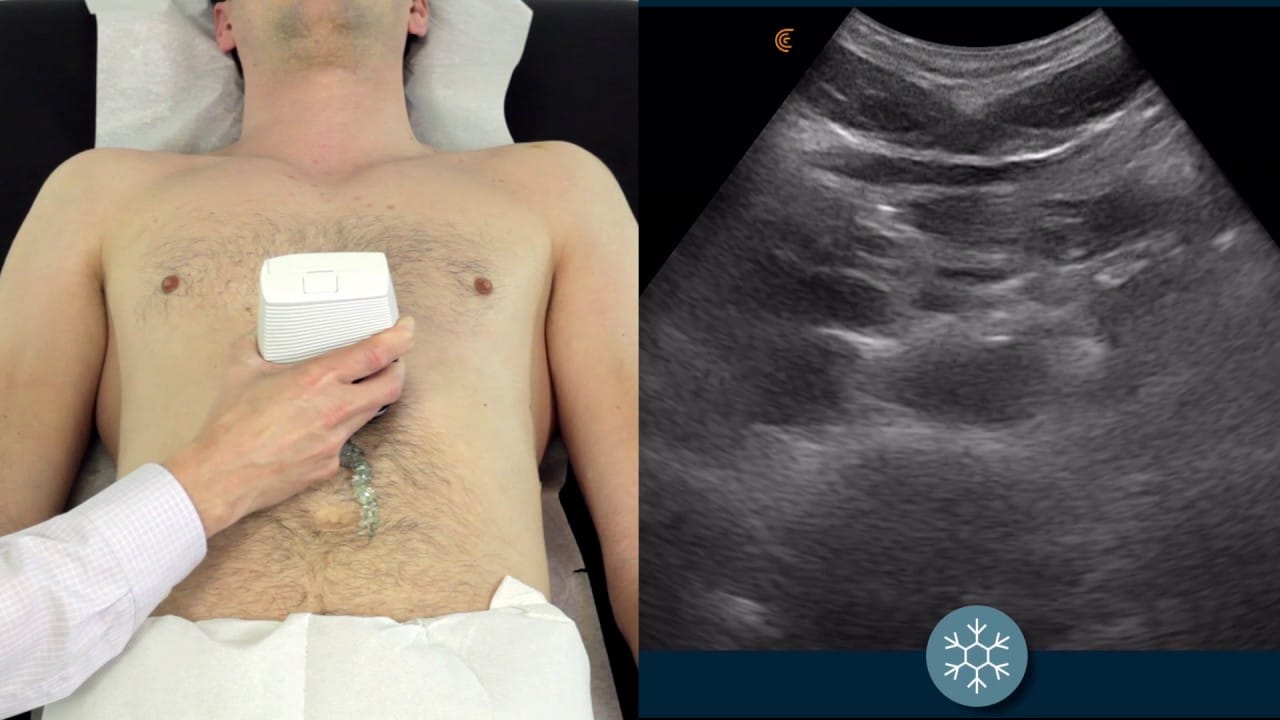Peak Heart & Vascular
Multispecialty Cardiovascular Group located in Laveen, Surprise, Avondale, Phoenix, and Flagstaff, AZ
When the wall of an artery becomes weak, you’re at risk for an aneurysm. Though small aneurysms don’t usually cause problems, larger aneurysms, especially abdominal aortic aneurysms (AAA), that rupture can lead to fatal complications. The Peak Heart & Vascular team in Laveen, Surprise, Avondale, Flagstaff, and Phoenix, Arizona, quickly diagnoses an aneurysm to determine the best treatment based on your symptoms and health needs. To learn more about AAA and other aneurysms, your risk, and treatment, call the offices or book an appointment online.
Aneurysm Q & A
What is an aneurysm?
When a weakened area in an arterial wall fills with blood and bulges out, you have an aneurysm. Most aneurysms occur in the aorta, the large artery running from your heart through the center of your chest and abdomen.
The most common form of aortic aneurysm is the abdominal aortic aneurysm, or triple “A” (AAA).
Other types of aneurysms that are less common include:
- Thoracic aneurysms that develop in the aorta that passes through the chest
- Cerebral aneurysms that occur in the brain
- Popliteal artery aneurysm behind the knee
- Mesenteric artery aneurysms that occur in the intestine
- Splenic artery aneurysm in the spleen
Other peripheral aneurysms may occasionally occur in arteries in the pelvis, thighs, and legs, too.
Why is an abdominal aortic aneurysm (AAA) dangerous?
The aorta carries blood from your heart to the organs and tissues of your body. The aorta is large, even an inch wide in some places. When an aneurysm causes pressure against its walls, the aorta can rupture and cause significant internal bleeding.
All aneurysms threaten your life and contribute to more than 25,000 deaths in the United States each year. AAAs are responsible for 15,000 of these deaths, making it the 13th-leading cause of death in the country.
What increases my risk for an aneurysm?
An abdominal aortic aneurysm can occur due to a rare infection or trauma, like a car wreck, but more commonly is due to disease. Atherosclerosis, or hardening of the arteries, high blood pressure, and blood vessel disease all compromise blood flow in the aorta and put you at risk.
The team at Peak Heart and Vascular may monitor you for an AAA or other aneurysms if:
- You’re severely overweight or obese
- You’re a smoker
- You have a family history of aneurysms
Males are more likely to develop AAAs than women, too.
What symptoms suggest an AAA or other aneurysm?
An AAA can be mistaken for a heart attack. You may experience jaw pain, fainting and difficulty breathing, weakness on one side of your body, and stabbing pain in your back or abdomen.
Other signs that you’re suffering a life-threatening AAA or other aneurysm include:
- Nausea and vomiting
- Clammy skin
- Rapid heart rate
- A sudden drop in blood pressure
You should seek immediate care if you experience these symptoms.
In many cases, you have no symptoms of an aneurysm. The weakness in the arterial wall develops gradually over many years.
How are aneurysms diagnosed and treated?
Detection and diagnosis of an abdominal aortic aneurysm occur through an angiogram, ultrasound, or CT scan. Often, an aneurysm is only found during an examination for another reason or during a routine evaluation.
Treatment from Peak Heart & Vascular depends on the size of the aneurysm, its location, and the severity of any symptoms you’re experiencing.
If you have a small, unruptured abdominal aortic aneurysm, your provider may recommend monitoring along with medications and preventive measures to avoid complications. A ruptured aortic aneurysm requires immediate surgery; without it, you have a very low chance of survival.
Peak Heart & Vascular may also recommend surgery on a large (1.9-2.2 inch) rapidly growing heart aneurysm or one that’s causing chronic pain. Your doctor may reinforce the arterial wall with a stent.
At Peak Heart & Vascular, the doctors offer the latest technical developments in fenestrated and branched endografts. These stents, or tubes, have reinforced openings or branches to attach arteries that branch from the aorta to the kidneys or other organs.
This surgical treatment is revolutionary for patients because it requires small or no incisions as well as shorter hospital stays and quicker recovery than traditional open surgical repair. Of course, the doctors are skilled and experienced in providing open repair of an aneurysm when necessary.
Your doctor can treat small peripheral aneurysms with conservative management of any underlying conditions and regular monitoring performed via ultrasound.
If you’re at risk of developing an aneurysm — especially an abdominal aortic aneurysm — or have one that needs monitoring and treatment, trust the providers at Peak Heart & Vascular. Call for an appointment or book online today.

